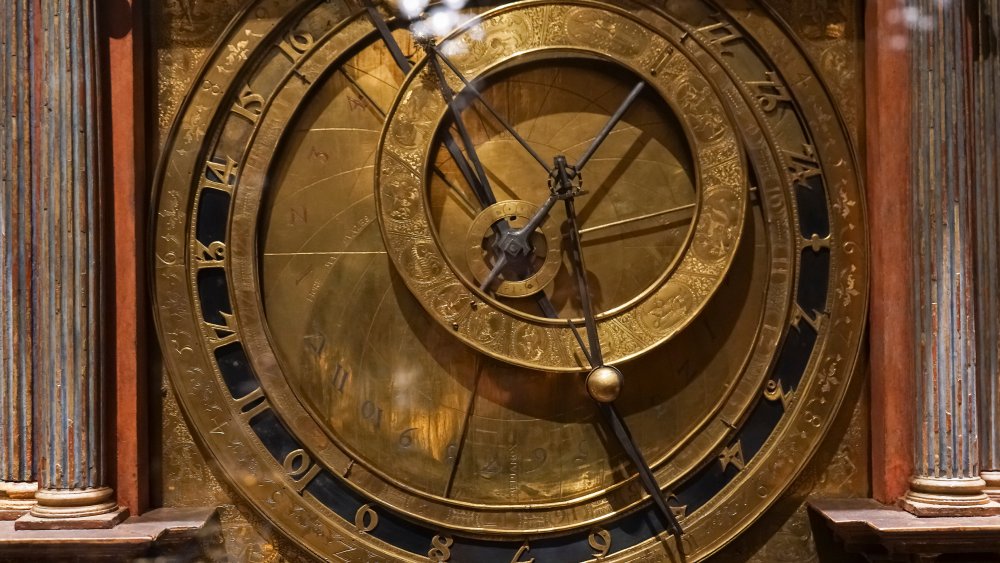The Untold Truth Of Leap Day
For something that happens almost every four years, it can still be a momentary shock to wake up on leap day and notice that your calendar reads February 29th. The inclusion of one extra day every four years (with a few exceptions, more on that soon) has been known to befuddle computer systems and traumatize those born on that disappearing date. So why do we need the extra day, anyway?
Even though we like to keep the passage of time as orderly as possible through the use of clocks and calendars synced to the natural movement of the earth around the sun, nature doesn't work in precise measurements. We consider a year to be 365 days long, when in reality it's actually more like 365.2422 days long, according to NASA. That means if our calendars aren't adjusted eventually they will drift off sync. Because the extra time at the end of each year is about a quarter of a day, by adding one extra day to the calendar every four years we make up that time without too much disruption considering the alternative would eventually mean we'd be taking our summer vacations in the middle of winter.
Although it's something we take for granted today, the intricacies of telling time have long confounded humans. Many early civilizations used a lunar calendar linked to the phases of the moon to track time. But the lunar year is only 354 days long and most societies had to find ways to tack on extra days to their calendar to correct the imperfect accounting.
History of leap day
Our modern leap year system got its start with Roman Emperor Julius Caesar. As Brian Handwerk describes in an article in National Geographic, by the time Caesar rose to power the Roman's lunar calendar had become a full three months off track, so the notorious emperor looked to the Egyptians and their perfectly calculated calendar to fix Rome's sloppy timekeeping. After mandating that the year 46 BCE would last 445 days, Caesar implemented a calendar of 365.2422 days a year, with every fourth year seeing an extra day tacked on to correct the imbalance.
But that system created yet another problem. The extra .2422 day a year doesn't add up to an even one day every four years, and although the difference only amounts to 11 minutes a year, that's enough to throw off the whole calendar by one day every 128 years.
The final fix came thanks to Pope Gregory XIII, who instituted another change to keep the calendar from drifting and created the calendar we use today, the Gregorian calendar. In addition to a leap day every four years, there are some leap years that aren't observed, specifically potential leap years that are divisible by 100, but not 400. This means in the year 2000 there was a Leap day, but in the years 1900, 1800, and 1700 there were not. Skipping these particular leap days is enough to keep things on track.

